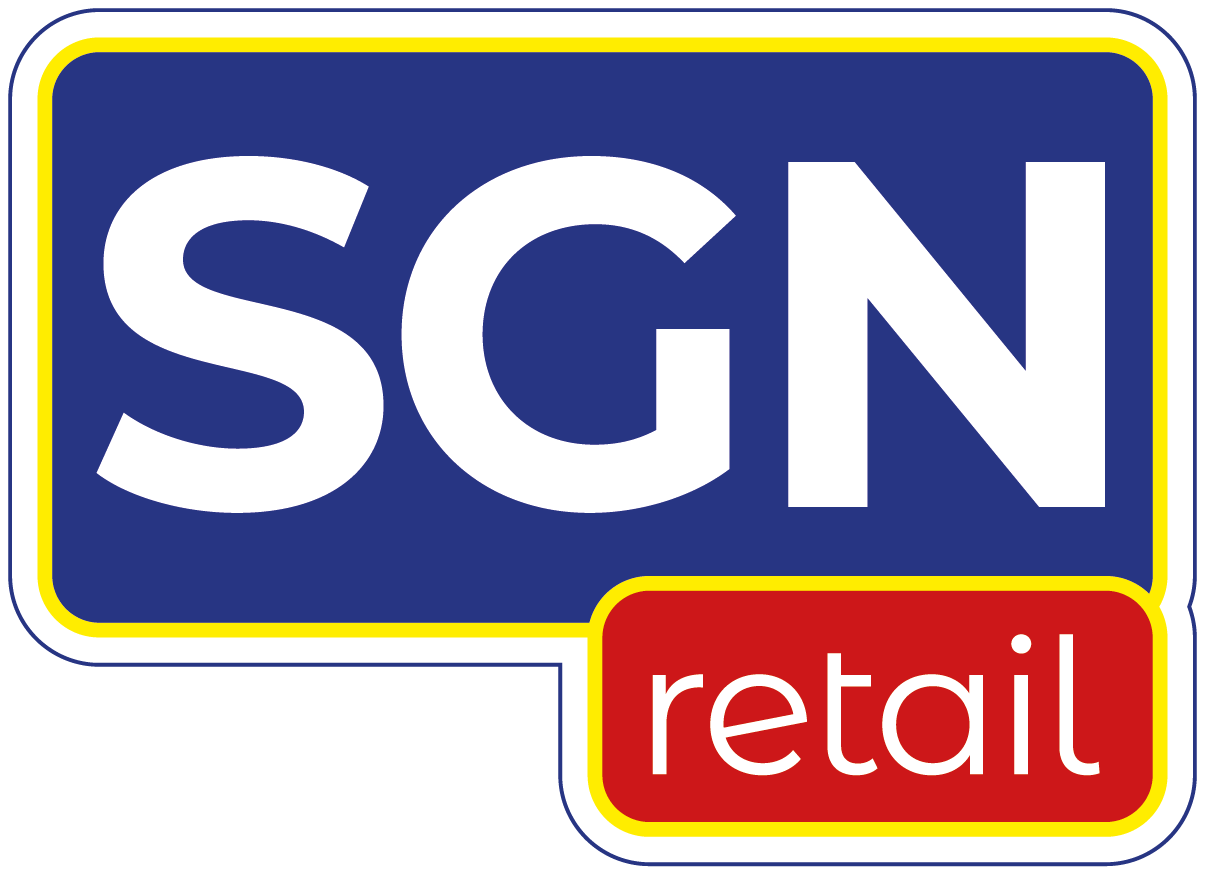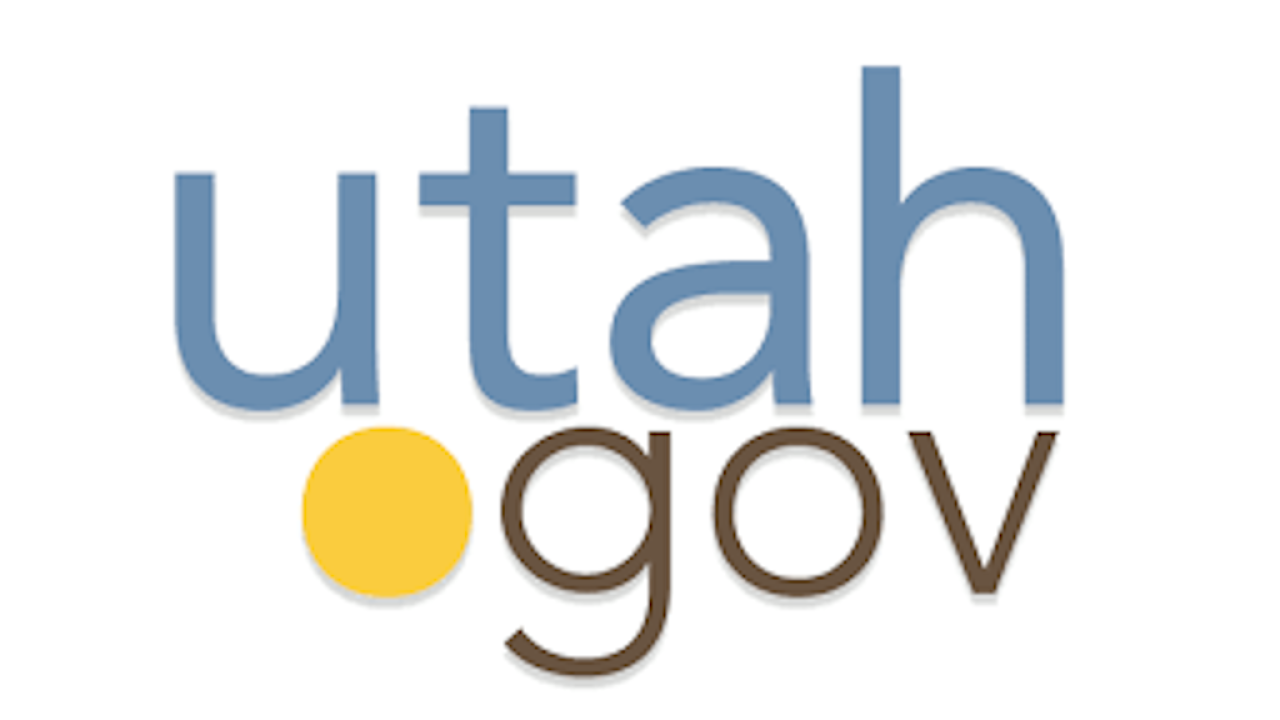Information
-
Document No.
-
Audit Title
-
Client / Site
-
Conducted on
-
Prepared by
-
Location
-
Personnel
Manual tasks
Manual Tasks
-
Equipment, tools are in procedures are in place to minimise or eliminate the manual handling of freight – eg forklift, pallet<br>jacks, trolleys, tailgate lifters.
-
Equipment and tools are regularly maintained.
-
Loads for delivery to customers are configured by your business to make items easily accessible for the driver.
-
Workers who load/unload are trained to use equipment correctly and handle freight safely.
-
Workers’ use of correct manual handling techniques is monitored.
-
Freight is packaged (size, weight, shape) so that safe handling and easy pick-up/delivery is assured. Freight is labelled with<br>dimensions, weight, nature of the goods (fragile, dangerous goods etc).
Falls from heights
Falls from heights
-
Working at heights is avoided wherever possible by operating suitable lifting equipment at ground level or by working from a<br>solid platform (eg loading dock).
-
All workers are trained in and use three points of contact when climbing in and out of the cabin, when accessing the body of<br>the truck, tray or trailer, and when using a tailgate lifter.
Securing loads
Securing Loads
-
Workers are trained and competent to secure loads safely
-
Loads are secured inside a truck by nets, straps, webbing. Dunnage is used where appropriate.
-
Non-slip matting, or something similar, is available for the truck floor (where appropriate).
Traffic management – loading/unloading freight
Traffic management – loading/unloading freight
-
Measures are in place at your site to manage the risk of being struck by trucks, forklifts or other mobile plant.
-
Site inductions for drivers are offered at loading/unloading sites
-
Drivers are advised of onsite traffic management arrangements before pick-up/delivery
-
When loading/unloading by mobile plant, exclusion zones and safety zones are used and clearly marked (see WorkCover’s<br>Safety in the road freight transport industry guide (catalogue no. WC01129) for more information on safety and exclusion zones).
-
When loading/unloading by mobile plant, an effective communication system between the mobile plant operator and the<br>truck driver is used.
-
Workers are provided with high-visibility work gear
-
Mobile plant operators have been assessed as competent and hold the appropriate licence where required
Wellness:
Wellness:
-
Sun protection is available at loading/unloading sites.
-
Amenities are available for drivers to support healthy eating, such as lunchrooms and refreshment areas.
-
Delivery schedules allow for breaks.
Return to work and injury management – for businesses that employ drivers
Return to work and injury management – for businesses that employ drivers
-
You have a current workers compensation insurance policy that accurately reflects the activities of your business and an<br>effective reporting system for workplace incidents.
-
You understand the benefits of recovering from injury at work and offer suitable work to injured workers.
-
You demonstrate a commitment to injured workers by maintaining regular contact during their recovery.
-
You develop a return to work strategy in consultation with your injured workers, to ensure a safe and durable return to work.
-
You have a written Return to Work Program that outlines how you will support injured workers to recover at work.
-
A summary of your Return to Work Program and the If you get injured at work: poster (catalogue no. WC00022.1) (with your<br>insurer contact details) are displayed in your workplace











